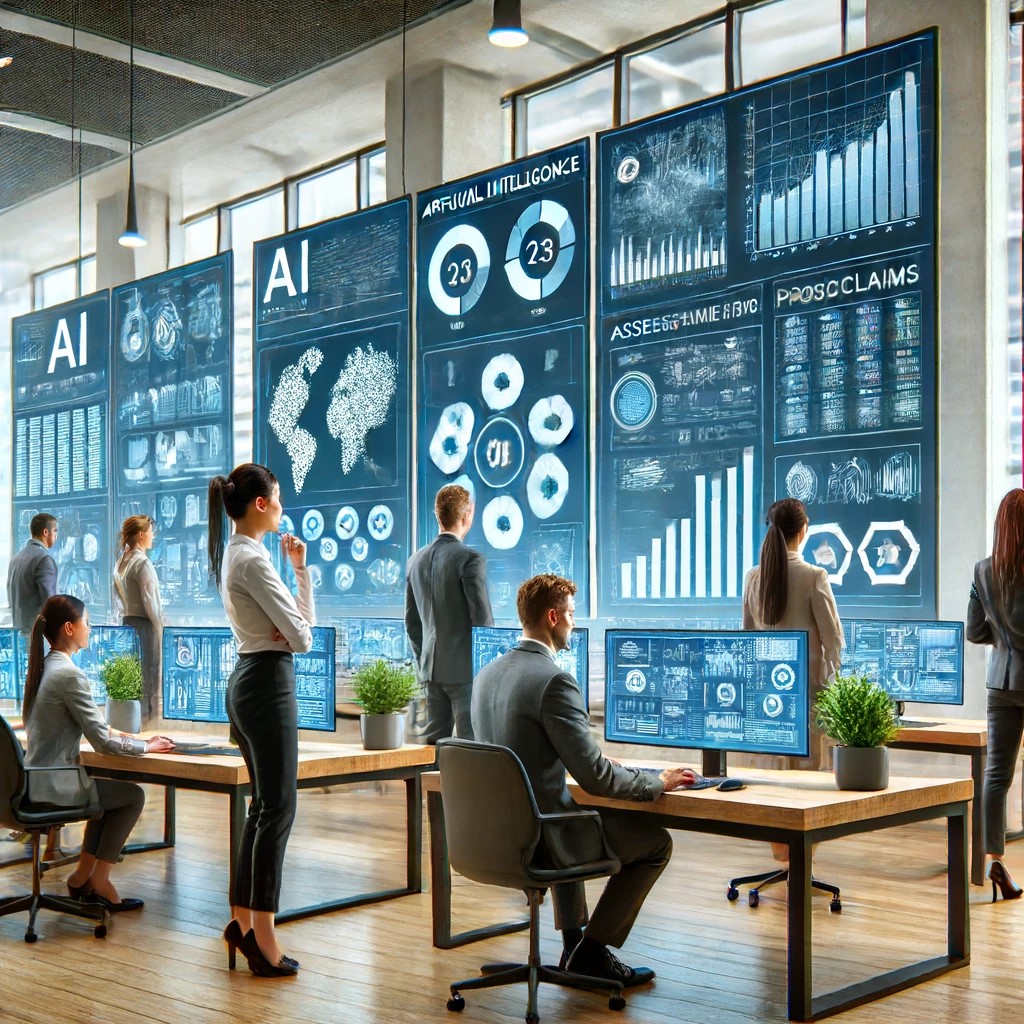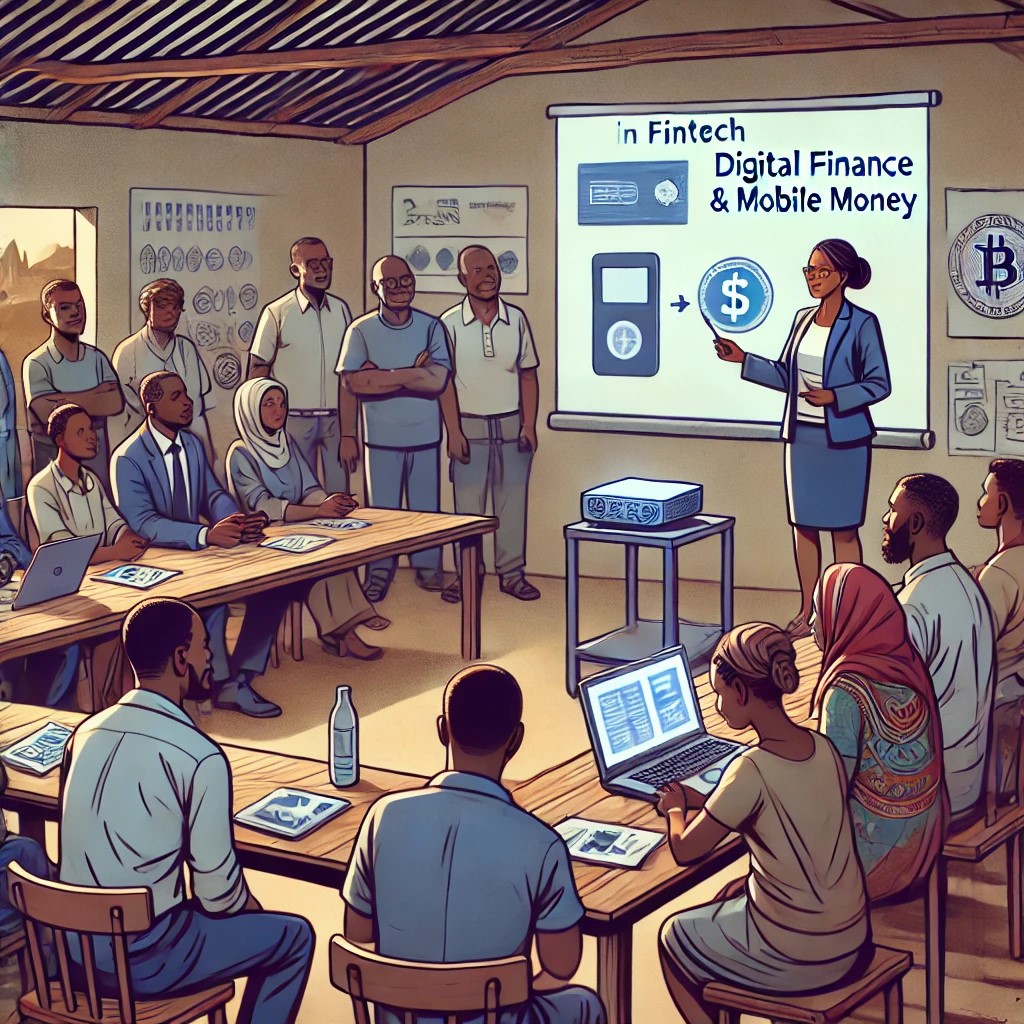The insurance industry, traditionally seen as conservative and slow to change, is currently undergoing a significant transformation, driven by technological innovations. These advancements are not only improving efficiency and customer service but are also creating new insurance models and changing the risk landscape. This article explores the tech-driven changes in the insurance sector, highlights current trends, and forecasts future developments.

Current Technological Innovations in Insurance
1. Artificial Intelligence and Machine Learning:
AI and ML are at the forefront of transforming insurance processes, from underwriting and claims processing to customer service. AI algorithms can analyze vast amounts of data to identify patterns that humans cannot, leading to more accurate risk assessments and pricing. Chatbots and virtual assistants, powered by AI, are now common in handling customer inquiries and claims, providing 24/7 service and reducing processing times.
2. Telematics and IoT:
In sectors like auto and health insurance, telematics and the Internet of Things (IoT) are changing how policies are priced and managed. For example, car insurance companies use telematics devices to monitor driving behavior and offer personalized insurance premiums based on individual risk profiles. Similarly, wearable devices in health insurance provide insurers with real-time data on an individual’s health metrics, allowing for personalized health management and prevention strategies.
3. Digital Platforms and Ecosystems:
Insurers are increasingly leveraging digital platforms that integrate various services into one ecosystem. These platforms not only simplify the insurance buying experience but also offer value-added services such as risk prevention advice, emergency assistance, and even property maintenance services, thereby enhancing customer engagement and satisfaction.

Impact of Technological Innovations on Insurance
1. Enhanced Customer Experience:
Technology enables more personalized and faster service, from quote comparison to claim settlement. This customization enhances customer satisfaction and loyalty, as policies and services are more closely aligned with individual needs and expectations.
2. Increased Efficiency and Reduced Costs:
Automation of routine tasks and digital processing significantly cuts operational costs and improves efficiency. Insurers can pass these savings on to customers in the form of lower premiums and invest in further innovation.

Future Predictions for Technological Innovations in Insurance
1. Greater Adoption of Predictive Analytics:
Insurers will increasingly use predictive analytics to enhance decision-making in underwriting, claims management, and customer service. This will lead to even more personalized insurance products and proactive risk management.
2. Expansion into Insurtech Collaborations:
Collaborations between traditional insurers and insurtech startups are expected to increase, combining industry knowledge with innovative technology solutions to meet evolving consumer demands.
3. Regulatory Evolution:
As technology reshapes the insurance landscape, regulatory frameworks will need to evolve to address the new challenges and risks, ensuring that consumer protection keeps pace with technological change.
Conclusion
The intersection of technology and insurance offers exciting opportunities for the industry to innovate, improve efficiency, and meet the changing needs of modern consumers. As these technologies continue to develop, they will profoundly impact the way insurers operate and engage with their customers, promising a future where insurance is more integrated, interactive, and individualized.






